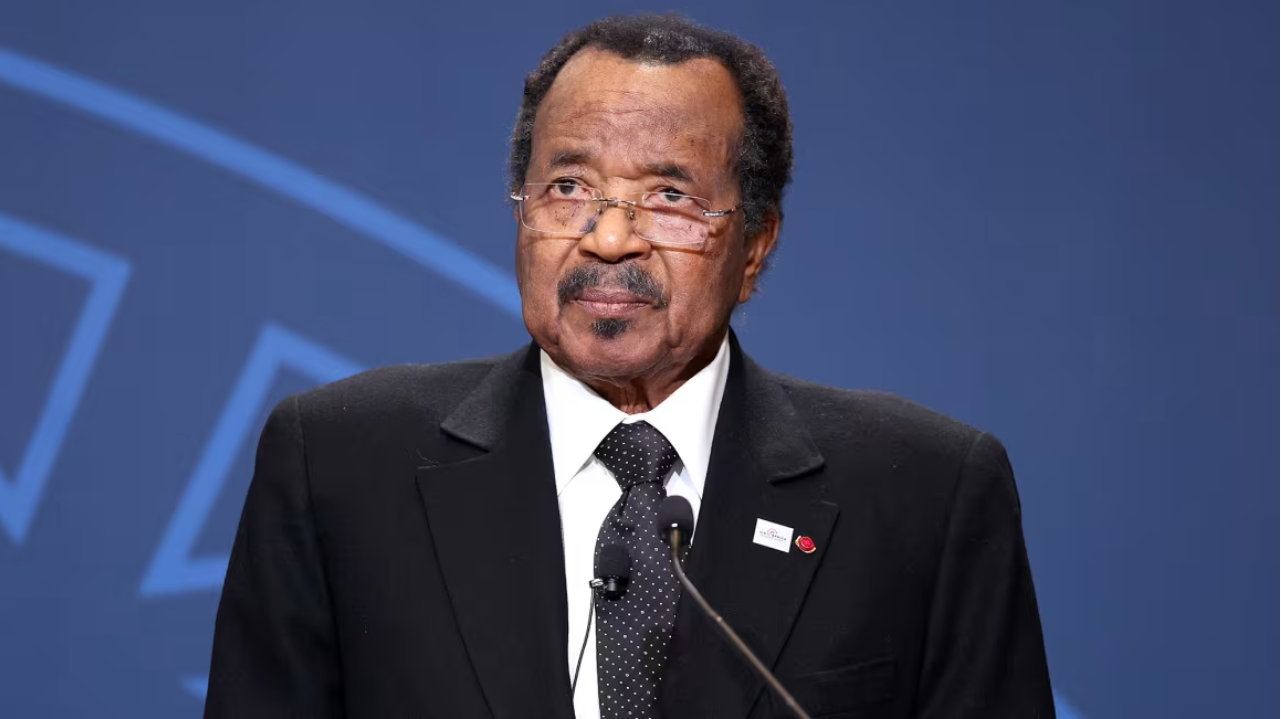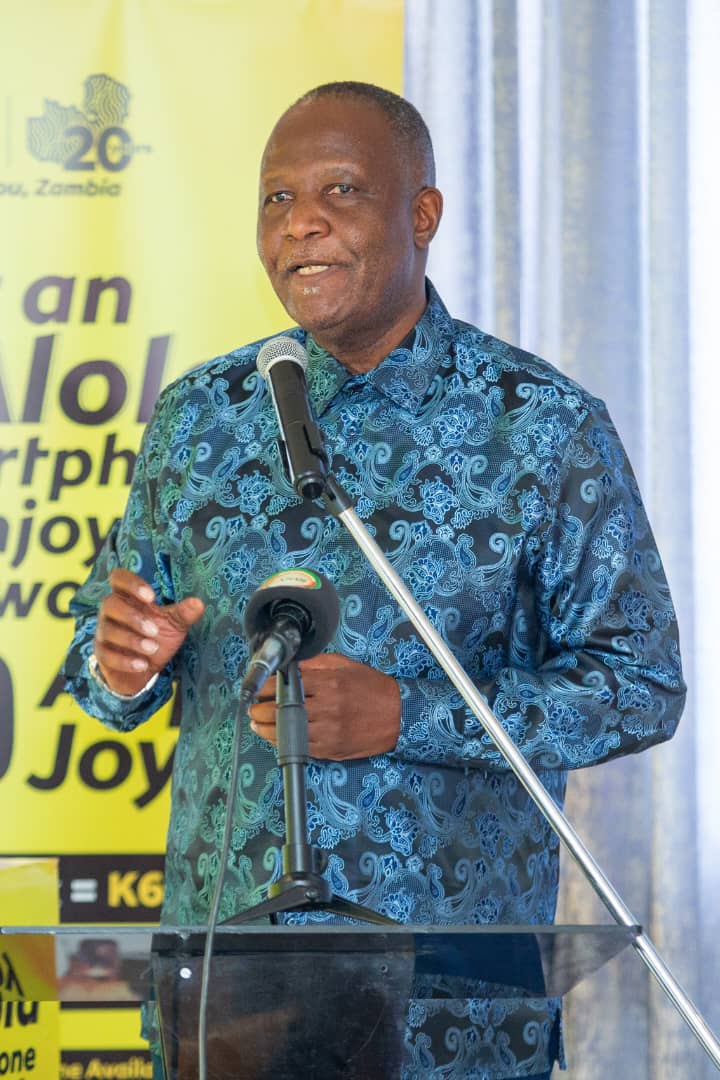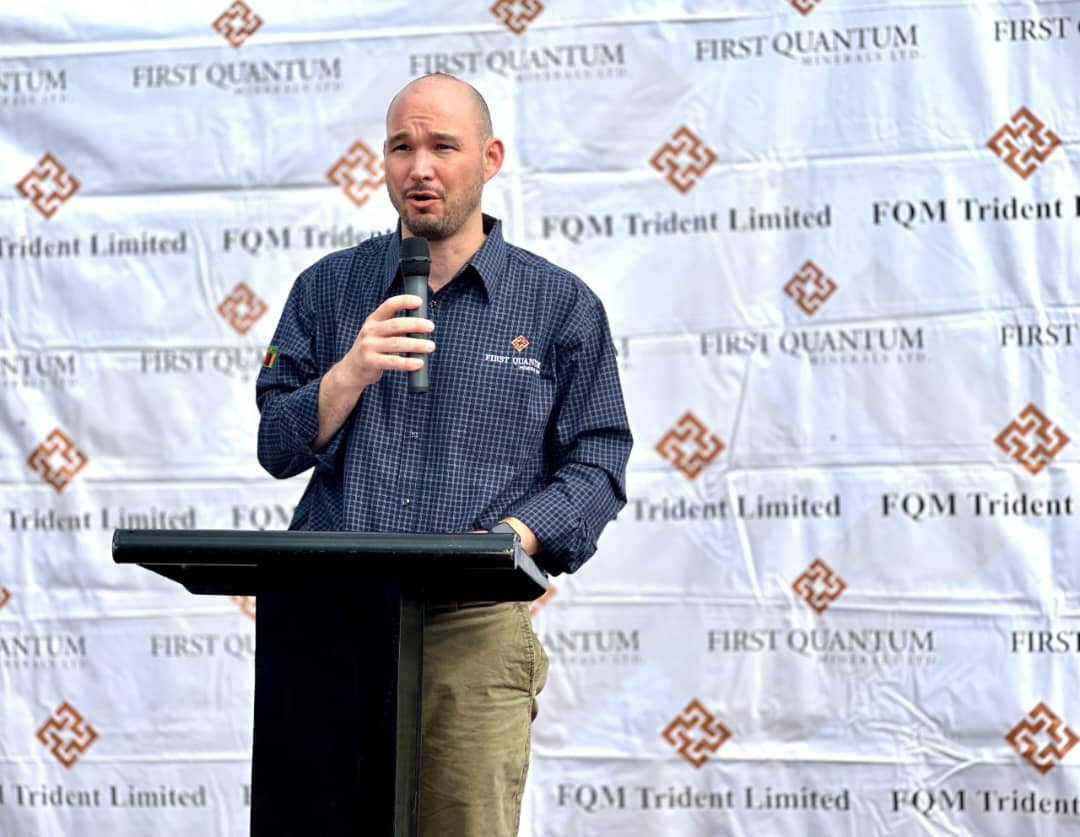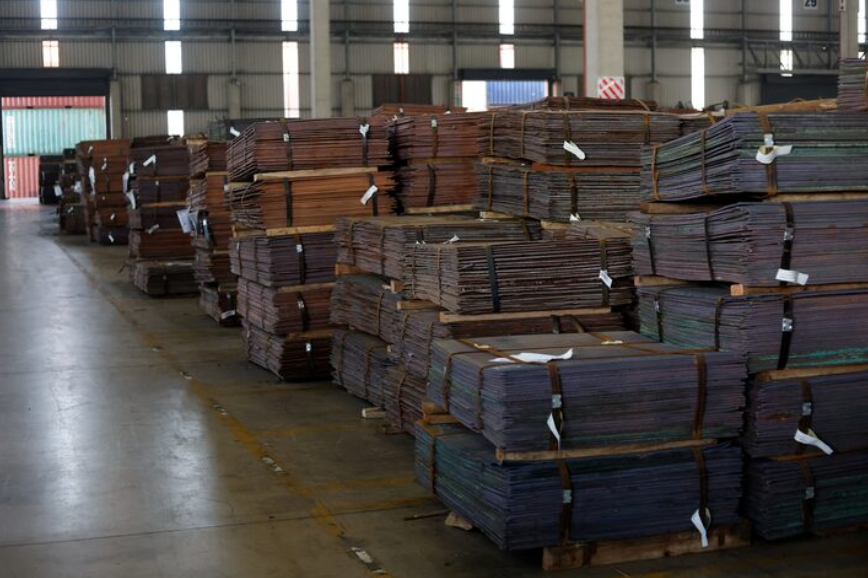Cameroon’s constitutional court has ruled in favor of President Paul Biya, allowing him to stand for a record-breaking eighth term in the October 12, 2025 election. If re-elected, this would extend his tenure to nearly 43 years, raising profound questions about leadership longevity, institutional checks, and democratic health.
Several opposition figures, including Akere Muna, expressed concerns that Biya’s advanced age may hamper his effectiveness in governing.
Meanwhile, a splintered opposition, with defectors such as Bello Bouba Maigari and Issa Tchiroma running on their own, could dilute anti-incumbent votes and strengthen Biya’s position. This development reflects and intensifies a larger pattern of long-term rule across the region. Mugabe’s late-career candidacy in Zimbabwe and Bouteflika’s later years in Algeria are similar trajectories.









Leave a Reply